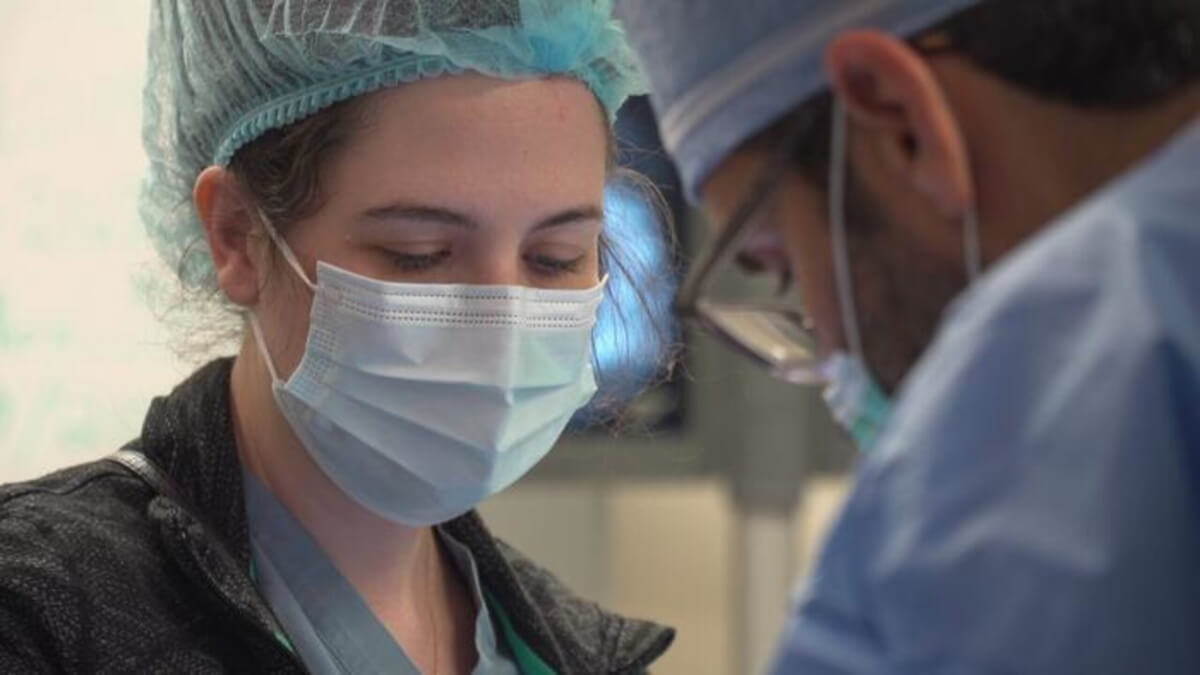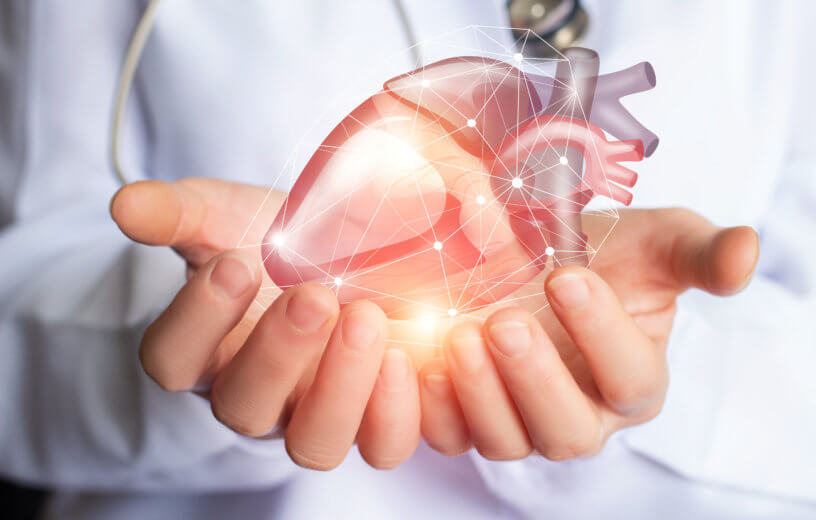HOUSTON — Scientists have developed a new hydrogel technology to treat irregular heartbeats (arrhythmia) painlessly. A team from The Texas Heart Institute (THI) and The University of Texas at Austin (UT Austin) Cockrell School of Engineering unveiled the novel pacemaker that offers a promising approach to treating this dangerous heart condition.
Ventricular arrhythmia occurs in the lower chambers of the heart, or ventricles, and is particularly deadly when it becomes self-sustained, known as re-entrant arrhythmia. The condition often arises from delayed conduction in scarred heart tissues following a heart attack.
“Re-entry occurs mainly from delayed conduction in scarred heart tissues, usually after coronary artery occlusion during a heart attack, which can be corrected by enabling pacing in these regions,” says study author Dr. Mehdi Razavi, a practicing cardiologist and cardiac electrophysiologist at THI, in a media release. “These hydrogels then can access the scarred tissue, thereby enabling direct pacing of the otherwise inaccessible regions of the heart.”

The breakthrough involves using hydrogels, which are notable for their biostability, biocompatibility, tunable properties, and ability to conduct electricity. These hydrogels can be delivered inside coronary veins to directly pace the scarred tissues, a method that avoids ischemia — a condition where blood flow, and thus oxygen, is reduced.
In a pioneering step, researchers successfully deployed this hydrogel technology through minimally invasive catheter delivery in a pig model.
“The hydrogels have significant conductive properties that enable simultaneous pacing from multiple sites along the length of the hydrogel and create a conduction highway similar to those in Purkinje fibers,” explains study author Dr. Elizabeth Cosgriff-Hernandez, who is part of the UT Austin Biomedical Engineering team.
Current treatments for arrhythmia, including anti-arrhythmic drugs and interventional ablation therapies, have limitations and do not address the re-entry mechanism. Moreover, cardiac defibrillators, often used to restore heart rhythm, can be painful and degrade the patient’s quality of life.
The innovative hydrogel technology presents a significant advancement. When injected into target vessels, the conductive hydrogel adapts to the patient’s vessel morphology.
“Adding a traditional pacemaker to this gel allows for pacing that resembles the native conduction in the heart — effectively mimicking the native electrical rhythm of the heart — and extinguishes the cause for arrhythmia, providing painless defibrillation,” adds Dr. Cosgriff-Hernandez.

This study marks the first time that direct electrical stimulation of the native and scarred mid-myocardium (the middle layer of the heart wall) has been achieved through injectable hydrogel electrodes. The approach not only resembles native conduction but also has the potential to eliminate lethal re-entrant arrhythmia, offering a painless defibrillation method that could be integrated into clinical practice.
This development in cardiac rhythm management is particularly significant for pain management, a critical component of overall wellness for patients with heart, lung, and blood diseases. With its potential to revolutionize the treatment of arrhythmias, this study opens new doors in cardiac health care, emphasizing painless and efficient solutions for life-threatening heart conditions.
The study is published in the journal Nature Communications.
